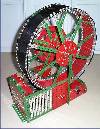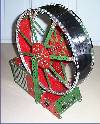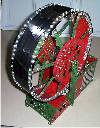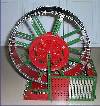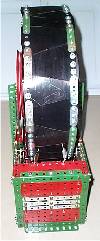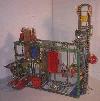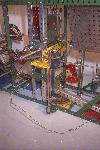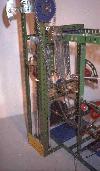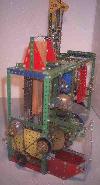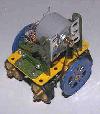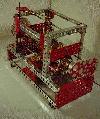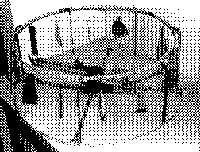| The Drum Machine | |
|---|---|
1991 (revised 1994, 2002) | |
size: 32 cm x 38 cm x 16 cm | |
| Noise Factory | |
|---|---|
1991 (revised 2002) | |
size: 55 cm x 57 cm x 33 cm | |
| Motorchord | |
|---|---|
1993 (revised 2002) | |
size: 135 cm x 14 cm x 10 cm | |
| Chatterbox | |
|---|---|
1991 (revised 2002) | |
size: 36 cm x 17 cm x 24 cm | |
| Boom Crash Opera | |
|---|---|
2000 (under reconstruction) | |
size: 64 cm x 35 cm x 31 cm | |
| Musical Box | |
|---|---|
1997 | |
size: 36 cm x 16 cm x 23 cm | |
| The Rotary Club | |
|---|---|
1992 (reconstructed 2002) | |
size: 80 cm diameter x 35 cm | |
| Turntable No.2 | |
|---|---|
1997 | |
size: 43 cm x 31 cm x 24 cm | |
